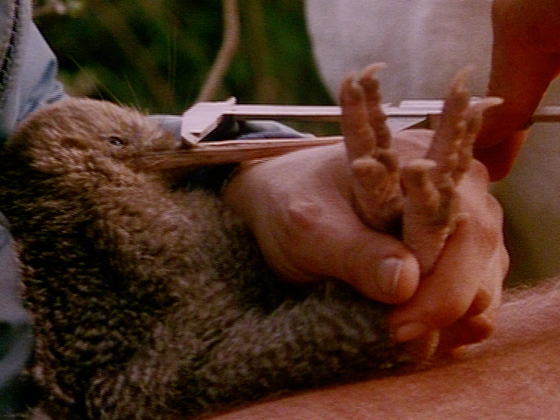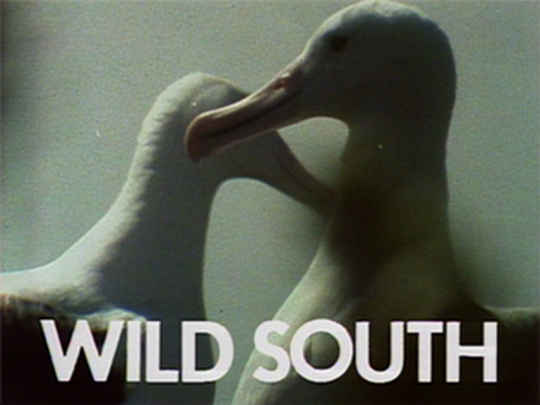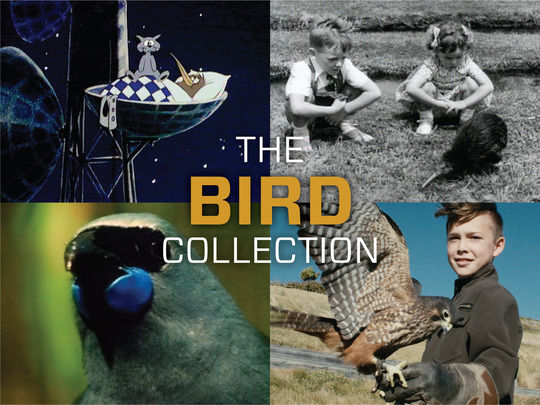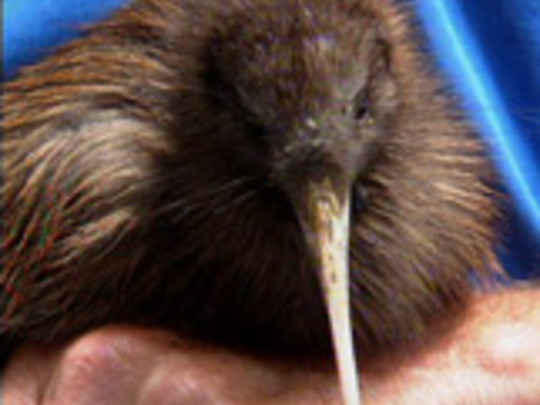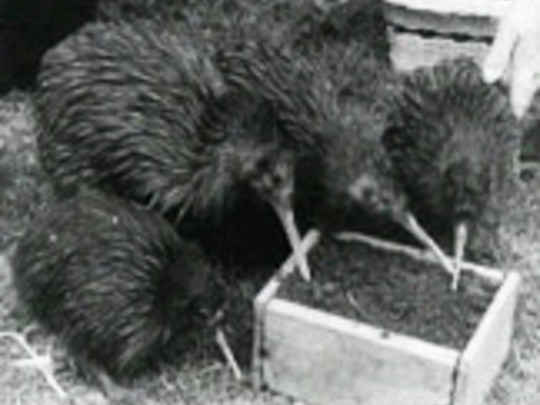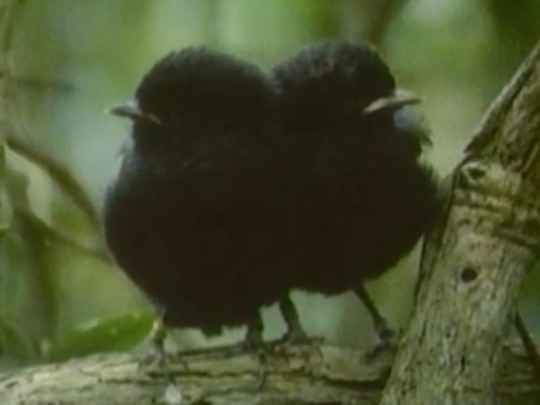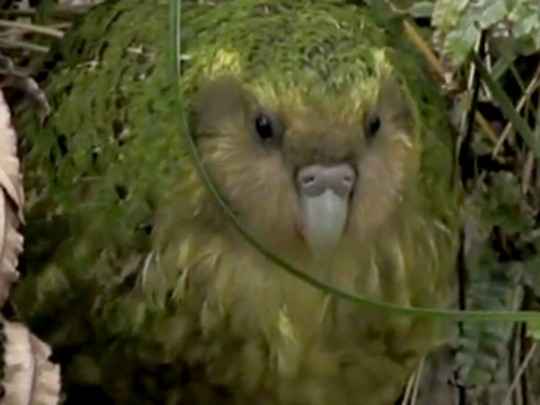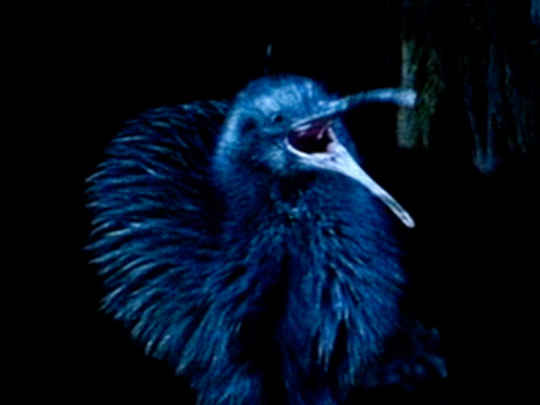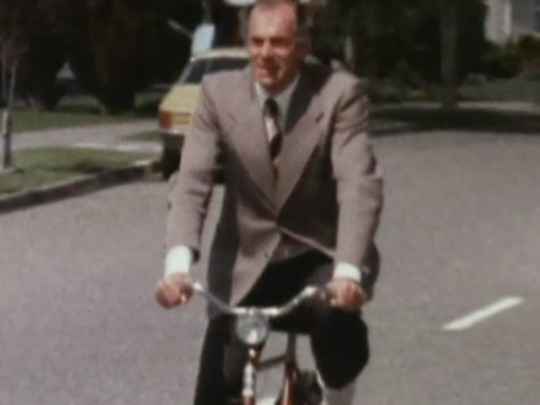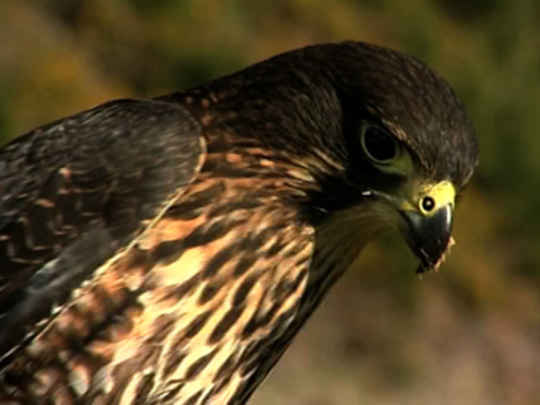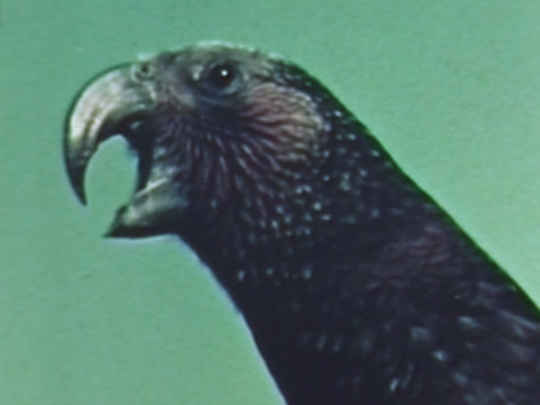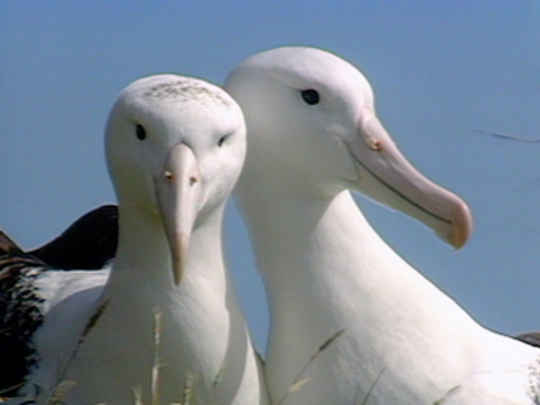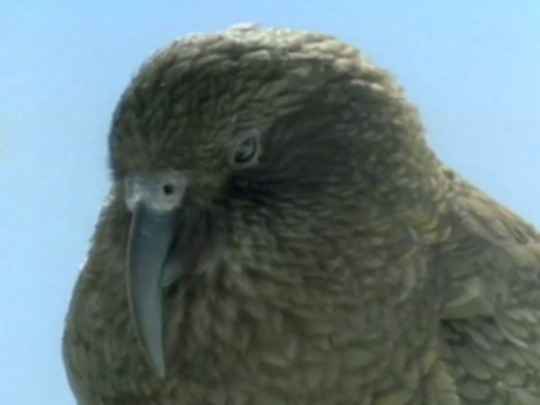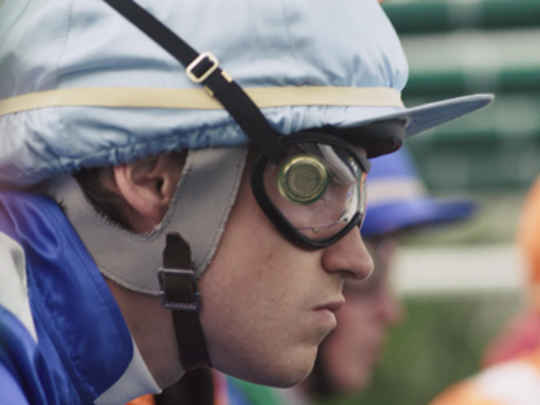Kiwi - A Natural History
Television (Full Length) – 1991
X-ray photographs show the huge size of the egg...there's almost no room in the abdomen for food.– Narrator Ian Johnstone on one of the extraordinary features of the kiwi
New Zealand legislation is not protecting wildlife, including kiwis. There are five things that are ... protected from the harassment of dogs in New Zealand. That is sheep, cattle, poultry, people, and even cars, but native wildlife is not protected.– Scientist Michael Taborsky on the absence of legal protection for Kiwis from dogs and domestic animals in 1990
Kiwi police their territories every night and will fight to hold them against another kiwi.– Ian Johnstone on the strong instinct in kiwis to protect their 'patch'
They shelter below the ground or in thick undergrowth. And they're fiercely aggressive ... they're nocturnal, and interpret their world mainly through sound and scent.– Narrator Ian Johnstone
An incredibly odd creature: we're so used to it, it doesn't seem to be odd. The feet and legs are about 30 per cent of the bird's weight. These leg bones are filled with marrow ... it's got huge feet, and from these powerful legs we get this cone-shaped body tapering to a small head. Now these birds have got a lot of features that no other bird in the world has got. It's got no tail...– Scientist John McLennan on the unusual physical features of the kiwi
Tests by [director Michael] Hacking and cameraman Swami Hansa of a military night scope proved definitively that it was noisy, bulky, and required a handy power socket. But after new image-intensifying equipment was demilitarised, the team were permitted to use it.– How the kiwi was filmed, from NZ On Screen's profile of director Michael Hacking
